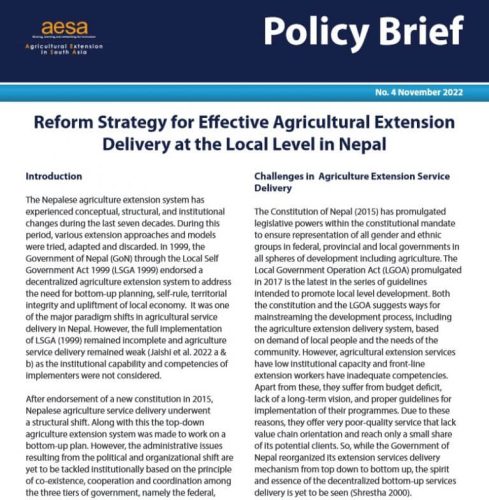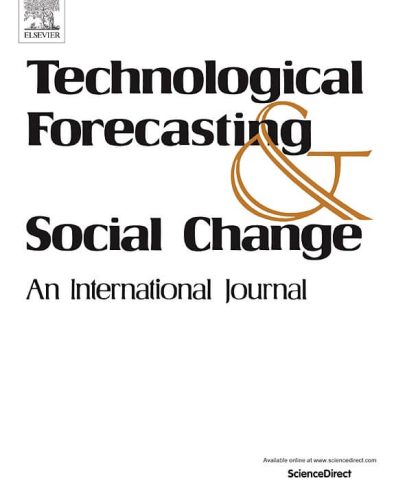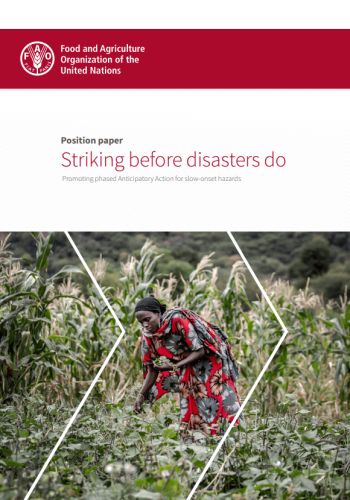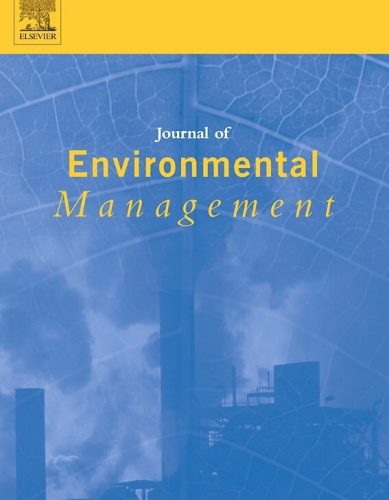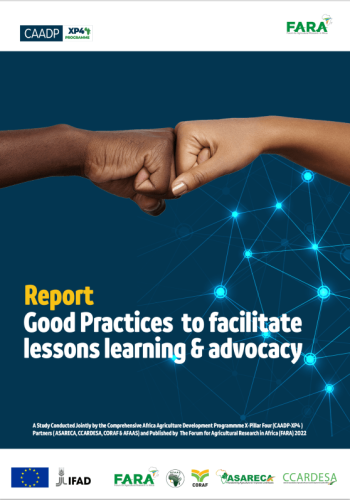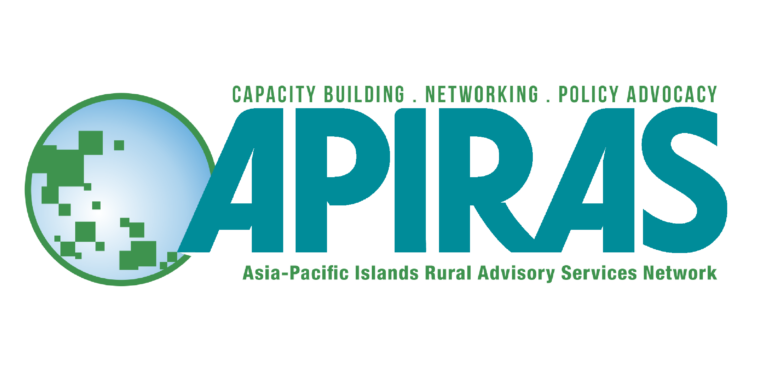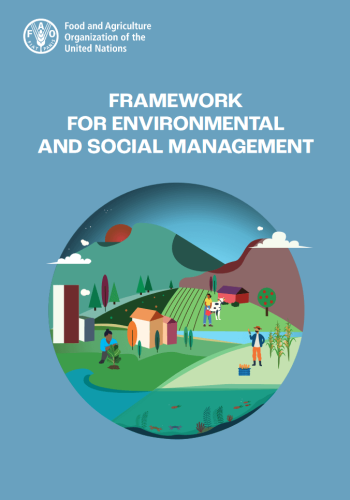
Framework for Environmental and Social Management
The Nepalese agriculture extension system has experienced conceptual, structural, and institutional changes during the last seven decades. During this period, various extension approaches and models were tried, adapted and discarded. In 1999, the Government of Nepal (GoN) through the Local Self Government Act 1999 (LSGA 1999) endorsed a decentralized agriculture extension system to address the need for bottom-up planning, self-rule, territorial integrity and upliftment of local economy. It was one of the major paradigm shifts in agricultural service delivery in Nepal. However, the full implementation of LSGA (1999) remained incomplete and agriculture service delivery remained weak (Jaishi et al. 2022 a & b) as the institutional capability and competencies of implementers were not considered.


